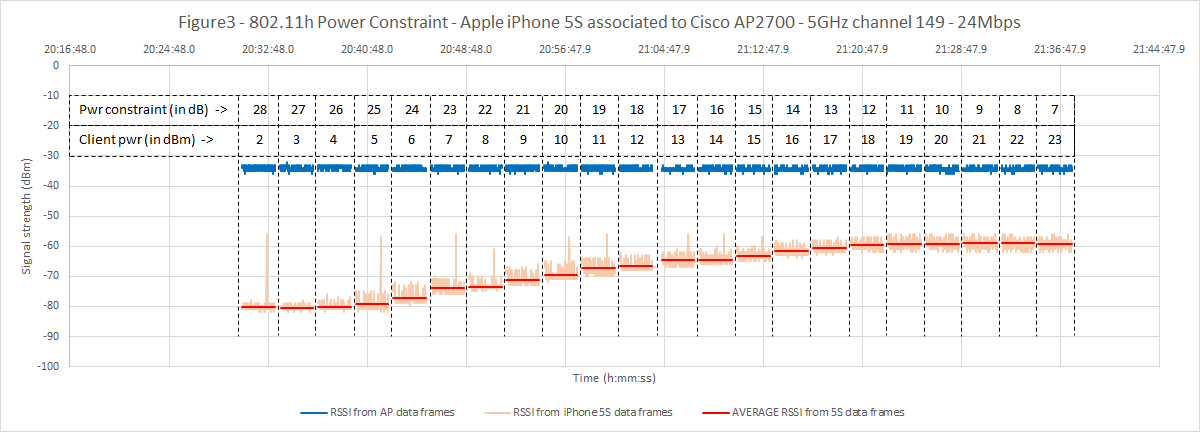

I cannot effectively control the transmit power - and by extension the consumption profile - of my board. The function described above gives me the choice to have at the antenna only +20 dBm, +13 dBm, 0 dBm (-20 from JN5168 and + 20 from PA). I need to control the power to achieve +18 dBm, +16 dBm, and so on. If I set the JN5168 to 0 dBm, I get +20 dBm (give or take) at the antenna. Therefore, some positive input values will be truncated (to 10 dBm for the JN5169ĭevice and to 0 dBm for the other JN516x devices). For JN5169, it is mapped to the nearest of 26 levels in the range -32 to 10 dBm.For JN5168, JN5164 and JN5161, it is mapped to one of four levels:.In practice, this value is mapped to an actual transmission level: Where x is a 6-bit two’s complement power level, corresponding to an input range of The requiredĮAppApiPlmeSet(PHY_PIB_ATTR_TX_POWER, x)

Transmission power, you can use the function eAppApiPlmeSet()from the NXPĨ02.15.4 Stack API (supplied in AppApi.hin all the JN516x SDKs). The radio transmission power of a JN516x device can be varied. Set JN5168 radio power output to -9 dBmĮAppApiPlmeSet(PHY_PIB_ATTR_TX_POWER, (uint32_t)RADIO_TX_POWER) =ĭBG_PRINTF_INFO ("Enabling PA+LNA and adjusting PA input to %d dBm\n", RADIO_TX_POWER) The ZigBee 3.0 stack firmware I'm using allows me to get 4 steps. The firmware provided by NXP has the 4 levels limitation of the complete stack. The testing set is the same described in JN-AN-1122. I have two scenarios: one for testing only (using a special firmware from NXP) and one for communication (ZigBee 3.0 stack).


 0 kommentar(er)
0 kommentar(er)
